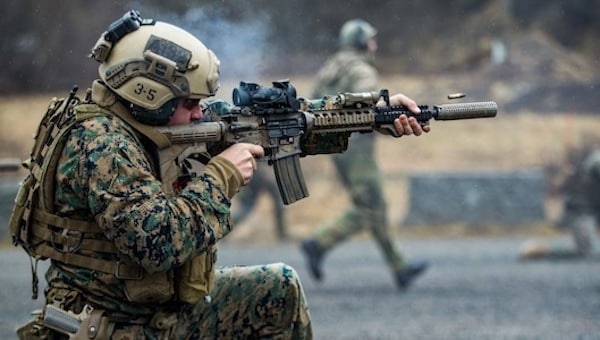On Tuesday, Oct. 15, a large-scale military exercise named Kamandang commenced in the Philippines. The exercise, scheduled to run until Oct. 25, involves over 2,300 military personnel from the United States, the Philippines, Japan, South Korea, Australia, and Britain.
Kamandang coincides with a separate naval exercise taking place in northern Luzon Island, Philippines.
The exercise will include live fire drills, amphibious landings, and training for possible chemical and biological warfare. It will take place in Burgos, Ilocos Norte, and Basco and Itbayat in Batanes, areas facing the Taiwan Strait.
The United States has been increasing its military operations in the Asia-Pacific region, including:
- Deploying more aircraft carriers, bombers, and submarines
- Introducing the Typhon mid-range missile launcher system
- Expanding military bases in the Philippines from five to nine under a new defense agreement
The U.S. has also been conducting joint exercises with South Korea and Japan.
The trilateral military alliance of AUKUS—Australia, Britain, and the U.S.—is bringing Japan in for military drills as well as increasing NATO involvement in its regional military strategies. North Korea and China have observed these developments and accused the U.S. of trying to create an Asian version of NATO. The newly elected Japanese Prime Minister Shigeru Ishiba has recently proposed that such a formation of a “collective self-defense system,” referring to NATO, is “essential.”
The United States is gearing up for a potential war on China.
Adm. Lisa Franchetti, the Chief of Naval Operations and the highest-ranking officer in the U.S. Navy, revealed a strategic plan on Sept. 18 to achieve preparedness for a conflict with China by 2027. This initiative reflects the U.S. military’s belligerent intent to incite war with Beijing.

